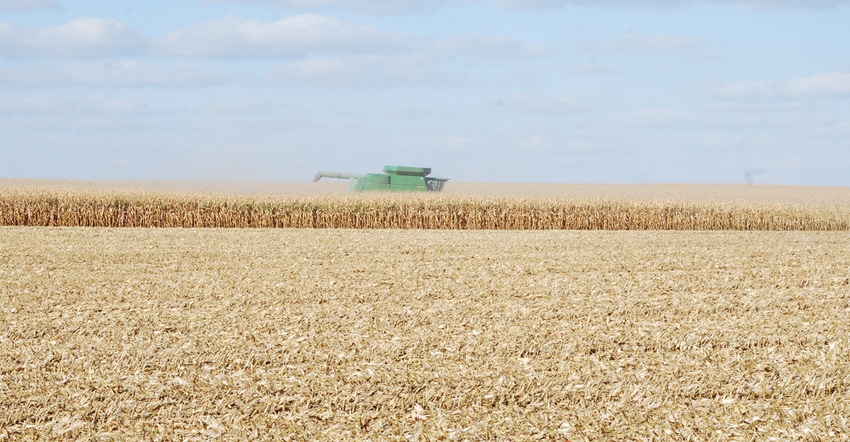November 5, 2020

The final harvest crop insurance prices for the 2020 crops are $3.99 per bushel for corn and $10.55 per bushel for soybeans, respectively. These are the average futures prices for December CME corn and November CME soybean contracts during the month of October. Since these harvest prices are higher than the spring-projected prices, the revenue guarantees will be adjusted higher for farmers who purchased revenue-based crop insurance products.
These prices and the farm's actual production are the final pieces in determining the potential crop insurance indemnity claim for both 2020 corn and soybeans. Most farmers purchase a revenue policy at higher levels of coverage (80% or 85%). Farmers experiencing significant yield losses this fall below their farm’s actual production history should keep good production records and report these production numbers to their crop insurance agent immediately upon completion of harvest.
Since corn and soybean yields will vary across farms and many insured farmers use enterprise unit coverage, crop insurance indemnity claims will also vary. Farmers should provide their crop insurance agent with actual production by unit so the agent can determine the potential for an indemnity claim. That same information will be used to update the farm’s APH records in determining guarantees and premiums for the 2021 crop.
Pay premiums before Nov. 30
With the weather problems experienced across the Corn Belt this year, the USDA Risk Management Agency extended the traditional due date for crop insurance premiums from Sept. 30 to Nov. 30. For any premium not paid by this new deadline, interest will accrue consistent with the terms of the policy, usually a 15% annual percentage rate.
In many cases, completion of harvest is the event that occurs first, signaling that coverage has ended for the insured crop. Therefore, a notice of any potential loss must be filed within 15 days of harvest completion for the unit. For crops that have revenue protection coverage, if there is no production loss, but a potential revenue loss exists, notice must be provided not later than 45 days after the harvest price is released for the crop.
Crop insurance reminders
Good communication will be critical as harvest wraps up and production evidence is submitted. Consider these seven harvesttime crop insurance reminders in working with your crop insurance agent.
1. Report production as soon as harvest is completed to identify potential losses so your agent can prepare a loss claim estimate.
2. Contact your agent immediately upon discovery of crop losses.
3. Before feeding grain to livestock, request bin measurements.
4. If you’re going to have a late harvest or unharvested crops, discuss your options.
5. The drought or derecho wind damage might have created crop quality issues in some fields. Discuss those quality concerns or questions on how the policy will handle them.
6. Talk to your tax adviser about the impact of receiving an indemnity payment and the year it is taxable. An IRS form for annual deferral can likely be utilized.
7. Make sure you pay your premium before the Nov. 30 due date and avoid interest charges.
Johnson is an Iowa State University Extension and Outreach farm management specialist. He can be reached at [email protected].
About the Author(s)
You May Also Like






